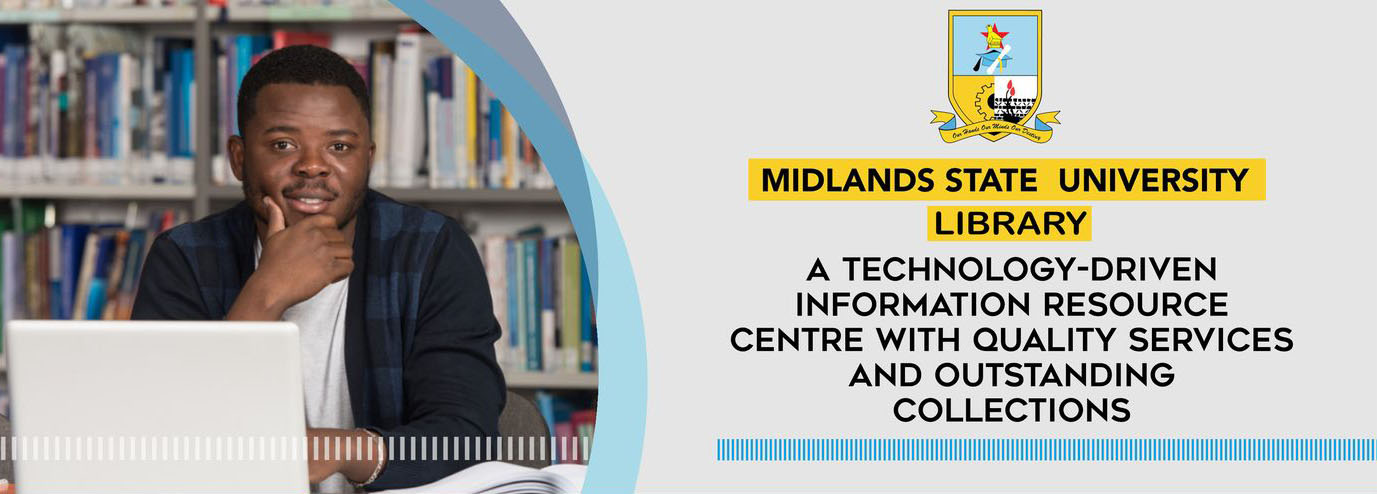Please use this identifier to cite or link to this item:
https://cris.library.msu.ac.zw//handle/11408/6919Full metadata record
| DC Field | Value | Language |
|---|---|---|
| dc.contributor.author | Masere, Tirivashe P. | en_US |
| dc.contributor.author | Worth, Steven | en_US |
| dc.date.accessioned | 2025-11-08T13:26:20Z | - |
| dc.date.available | 2025-11-08T13:26:20Z | - |
| dc.date.issued | 2015 | - |
| dc.identifier.uri | https://cris.library.msu.ac.zw//handle/11408/6919 | - |
| dc.description.abstract | This study assessed the applicability of APSIM, a crop simulation model, to decisionmaking by small-scale resource-constrained farmers in Lower Gweru, Zimbabwe. Input data for APSIM were collected from 30 farmers through focus group discussions and resource allocation mapping. APSIM simulations were run to simulate the farmers’ farming systems to establish model credibility and validate the model with the local data and to explore “what if” questions to discuss ways to improve maize yields in a below-normal season. After two years interacting with model outputs, semi-structured interviews were conducted with the farmers to assess their continued use of APSIM in decision-making, the form of information they value the most, and preferred sources of information. The study found a greater willingness to consider computerbased modeling because of the pressures of climate change and the waning adequacy of their indigenous systems. However, the study also found that farmers used APSIM when they saw for themselves its accuracy and relevance to their farming systems and found it useful for making decisions relative to climate variations. The study confirmed APSIM’s limitations as the lack of accurate data, the need for expert support and access to computers, and found that indigenous indicators, although waning in reliability and accuracy, can be strengthened when revisited through a deliberate learning program designed to engage farmers in scientific enquiry. While preferring to obtain information from extension agents, farmers will not readily adopt significant changes unless they have hard facts that they themselves have participated in generating. Whether introducing a model like APSIM or other technologies, unless farmers are directly involved with its testing in the field they are unlikely to adopt what is offered. | en_US |
| dc.language.iso | en | en_US |
| dc.subject | APSIM | en_US |
| dc.subject | Climate variability and change | en_US |
| dc.subject | Decision-making | en_US |
| dc.subject | Small-scale farmers | en_US |
| dc.subject | Experiential Learning | en_US |
| dc.title | Applicability of APSIM in Decision-Making by Small-Scale Resource-Constrained Farmers: A Case of Lower Gweru Communal Area, Zimbabwe | en_US |
| dc.type | journal article | en_US |
| dc.identifier.doi | https://doi.org/10.5191/jiaee.2015.22302 | - |
| dc.contributor.affiliation | University of KwaZulu-Natal | en_US |
| dc.contributor.affiliation | University of KwaZulu-Natal | en_US |
| dc.relation.issn | 1077-0755 | en_US |
| dc.description.volume | 22 | en_US |
| dc.description.issue | 3 | en_US |
| dc.description.startpage | 20 | en_US |
| dc.description.endpage | 34 | en_US |
| item.openairetype | journal article | - |
| item.grantfulltext | open | - |
| item.languageiso639-1 | en | - |
| item.openairecristype | http://purl.org/coar/resource_type/c_6501 | - |
| item.cerifentitytype | Publications | - |
| item.fulltext | With Fulltext | - |
| Appears in Collections: | Research Papers | |
Files in This Item:
| File | Description | Size | Format | |
|---|---|---|---|---|
| resource constrained farmers.pdf | Abstract | 750 kB | Adobe PDF | View/Open |
Page view(s)
78
checked on Dec 23, 2025
Download(s)
20
checked on Dec 23, 2025
Google ScholarTM
Check
Altmetric
Items in MSUIR are protected by copyright, with all rights reserved, unless otherwise indicated.



